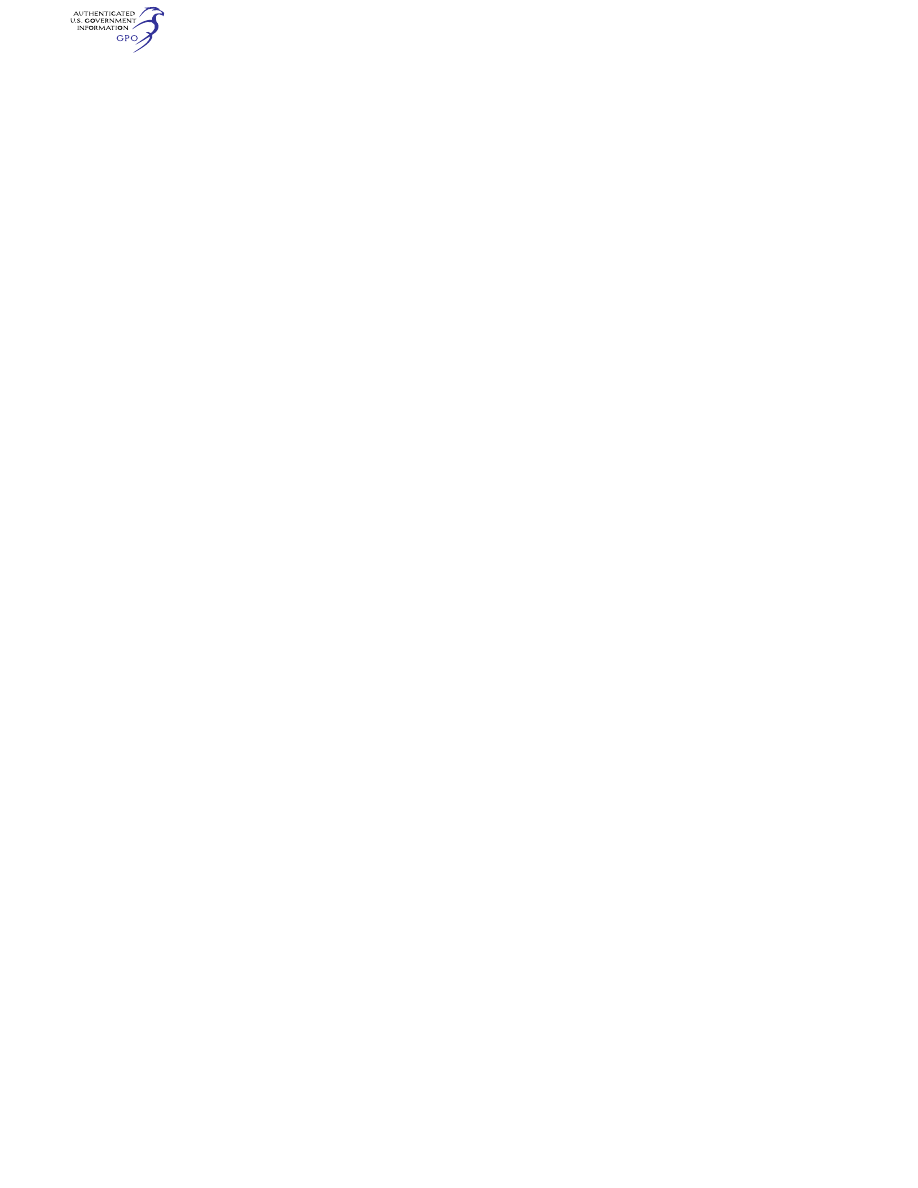
504
14 CFR Ch. I (1–1–24 Edition)
§ 27.501
(i) For the forward wheels, 0.8 times
the vertical reaction (on one side) act-
ing inward, and 0.6 times the vertical
reaction (on the other side) acting out-
ward; and
(ii) For the rear wheel, 0.8 times the
vertical reaction.
(2) The loads specified in paragraph
(f)(1) of this section must be applied—
(i) At the ground contact point with
the wheel in the trailing position (for
non-full swiveling landing gear or for
full swiveling landing gear with a lock,
steering device, or shimmy damper to
keep the wheel in the trailing posi-
tion); or
(ii) At the center of the axle (for full
swiveling landing gear without a lock,
steering device, or shimmy damper).
(g)
Braked roll conditions in the level
landing attitude. In the attitudes speci-
fied in paragraphs (b) and (c) of this
section, and with the shock absorbers
in their static positions, the rotorcraft
must be designed for braked roll loads
as follows:
(1) The limit vertical load must be
based on a limit vertical load factor of
not less than—
(i) 1.0, for the attitude specified in
paragraph (b) of this section; and
(ii) 1.33, for the attitude specified in
paragraph (c) of this section.
(2) For each wheel with brakes, a
drag load must be applied, at the
ground contact point, of not less than
the lesser of—
(i) 0.8 times the vertical load; and
(ii) The maximum based on limiting
brake torque.
(h)
Rear wheel turning loads in the
static ground attitude. In the static
ground attitude, and with the shock
absorbers and tires in their static posi-
tions, the rotorcraft must be designed
for rear wheel turning loads as follows:
(1) A vertical ground reaction equal
to the static load on the rear wheel
must be combined with an equal
sideload.
(2) The load specified in paragraph
(h)(1) of this section must be applied to
the rear landing gear—
(i) Through the axle, if there is a
swivel (the rear wheel being assumed
to be swiveled 90 degrees to the longi-
tudinal axis of the rotorcraft); or
(ii) At the ground contact point, if
there is a lock, steering device or shim-
my damper (the rear wheel being as-
sumed to be in the trailing position).
(i)
Taxiing condition. The rotorcraft
and its landing gear must be designed
for loads that would occur when the
rotorcraft is taxied over the roughest
ground that may reasonably be ex-
pected in normal operation.
§ 27.501
Ground loading conditions:
landing gear with skids.
(a)
General. Rotorcraft with landing
gear with skids must be designed for
the loading conditions specified in this
section. In showing compliance with
this section, the following apply:
(1) The design maximum weight, cen-
ter of gravity, and load factor must be
determined under §§ 27.471 through
27.475.
(2) Structural yielding of elastic
spring members under limit loads is ac-
ceptable.
(3) Design ultimate loads for elastic
spring members need not exceed those
obtained in a drop test of the gear
with—
(i) A drop height of 1.5 times that
specified in § 27.725; and
(ii) An assumed rotor lift of not more
than 1.5 times that used in the limit
drop tests prescribed in § 27.725.
(4) Compliance with paragraphs (b)
through (e) of this section must be
shown with—
(i) The gear in its most critically de-
flected position for the landing condi-
tion being considered; and
(ii) The ground reactions rationally
distributed along the bottom of the
skid tube.
(b)
Vertical reactions in the level land-
ing attitude. In the level attitude, and
with the rotorcraft contacting the
ground along the bottom of both skids,
the vertical reactions must be applied
as prescribed in paragraph (a) of this
section.
(c)
Drag reactions in the level landing
attitude. In the level attitude, and with
the rotorcraft contacting the ground
along the bottom of both skids, the fol-
lowing apply:
(1) The vertical reactions must be
combined with horizontal drag reac-
tions of 50 percent of the vertical reac-
tion applied at the ground.
VerDate Sep<11>2014
09:06 Jun 28, 2024
Jkt 262046
PO 00000
Frm 00514
Fmt 8010
Sfmt 8010
Y:\SGML\262046.XXX
262046
jspears on DSK121TN23PROD with CFR
